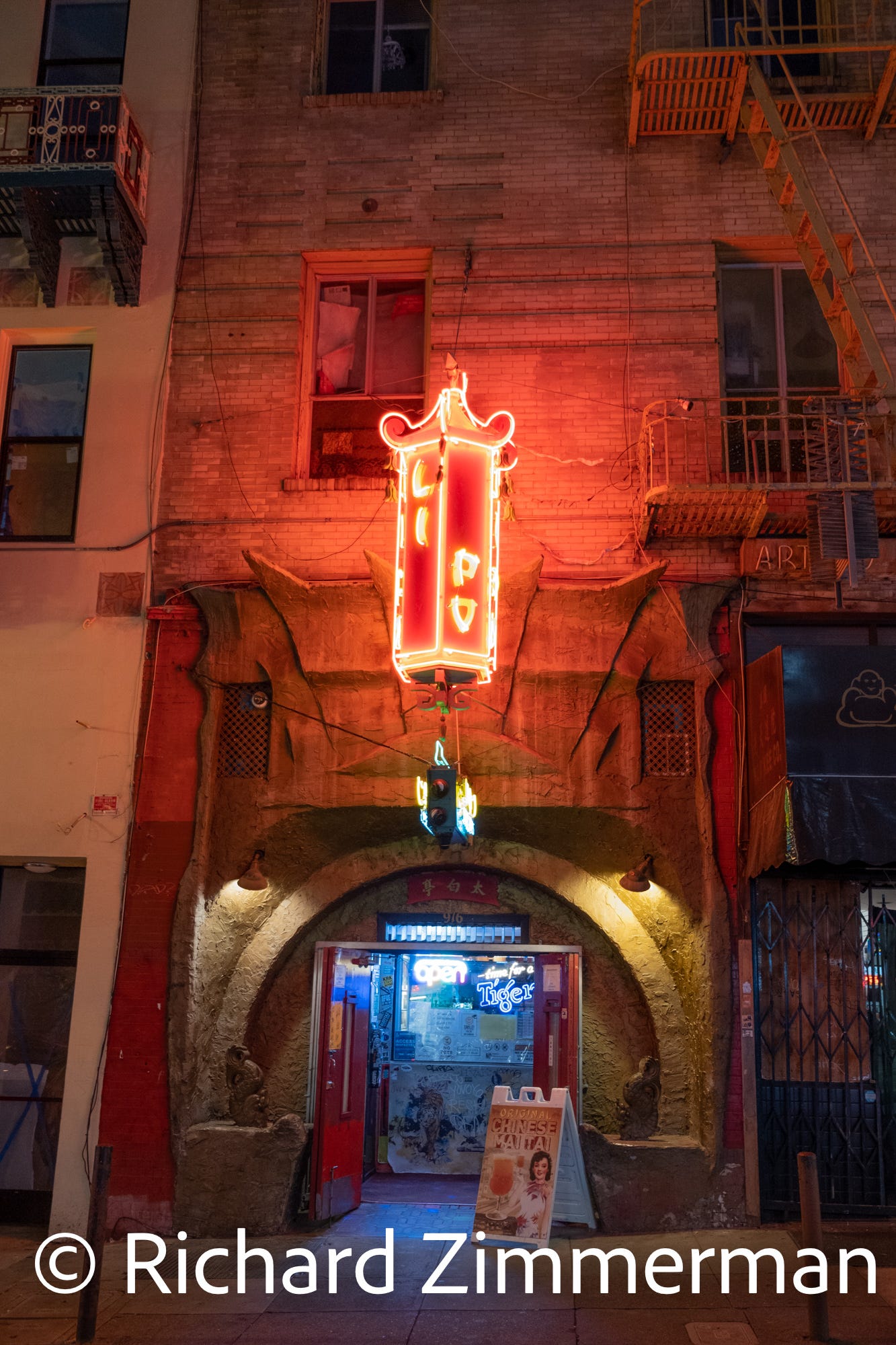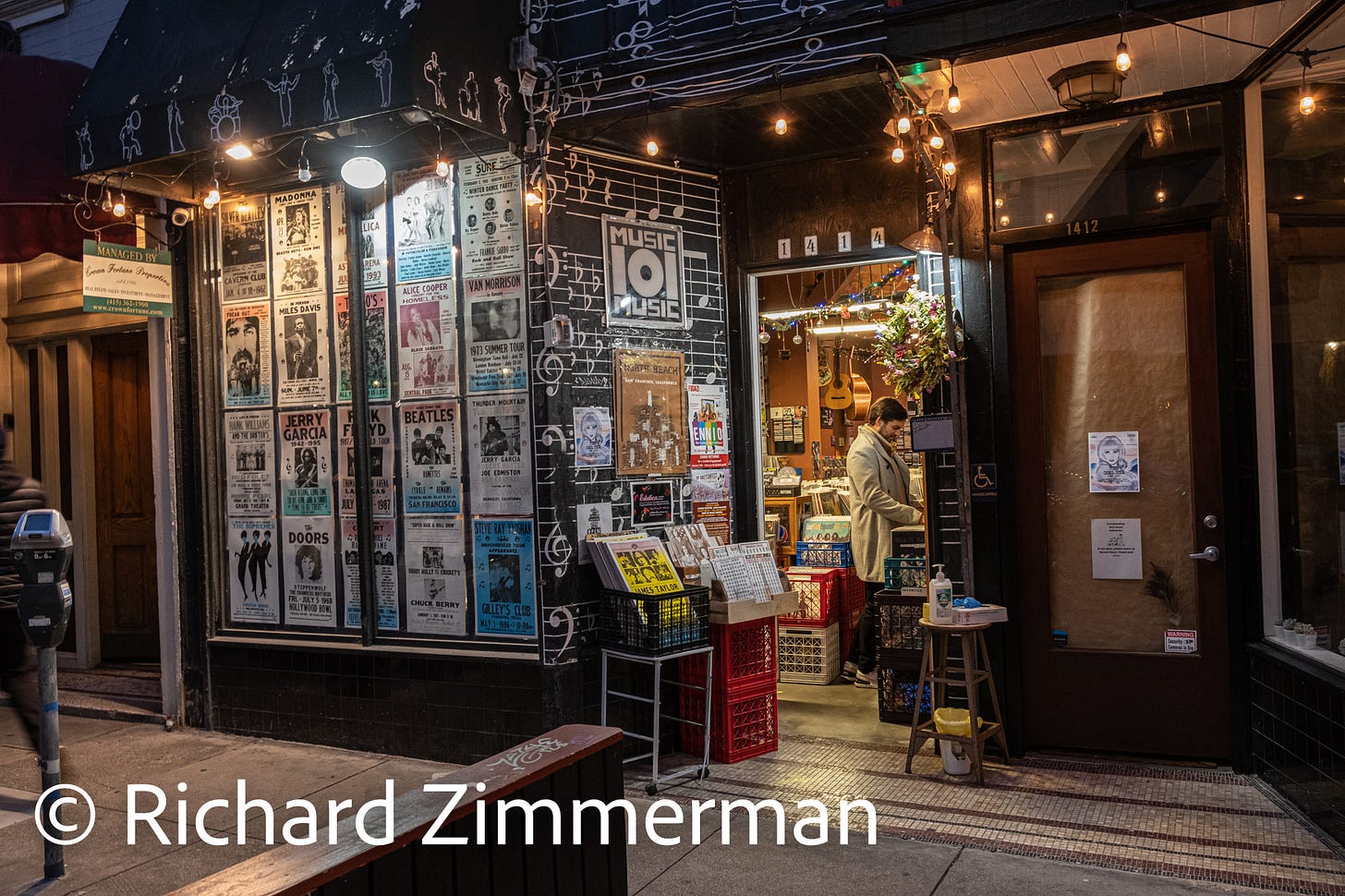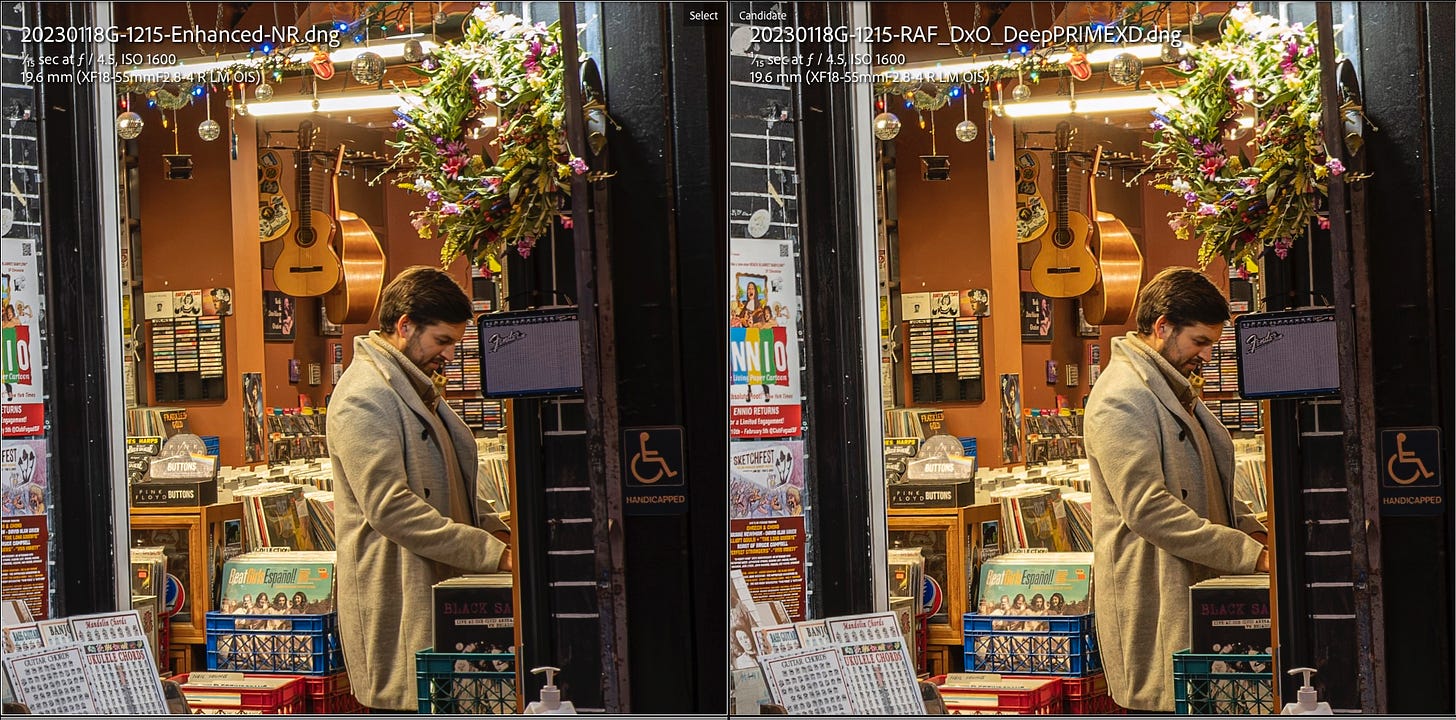I started out in digital photography using Photoshop as my primary software. For a while, I did use an early version of DXO. When Adobe introduced Lightroom, I jumped on the train. At that time, I was a Canon user. I liked Lightroom; it was my primary photography tool for quite a while.
When mirrorless cameras appeared, I decided to change from Canon to Fujifilm. I wanted the smaller, lighter camera and lenses. That part worked. As time moved on, I, like many, noticed the Adobe didn’t develop the X-Trans images as well as one could hope for. Capture One, did a much better job, so I made the move to that tool. I did keep my subscription to Adobe because I wanted to keep Photoshop in my tool bag.
As stated in my previous post about Capture One, staying with Capture One seemed, well, wrong. And, with the new masking in Lightroom, there were a lot of advantages to ‘returning' to Adobe. I went back to Lightroom/Photoshop. I use Thomas Fitzgerald’s presets. (See https://bit.ly/3AobXHD for Fitzgerald’s blog. Unfortunately, I don’t think they’re available any longer.) For all the improvements Adobe has made in Lightroom/Photoshop, they still didn’t quite make it for X-Trans images.
DXO recently updated PureRAW. I downloaded the demo and, bang. I’m seeing more details and less noise in almost every image I’ve tested. As I was working on comparing Lightroom and PureRAW, Adobe released a new version of Lightroom. One new feature impacts my comparisons - AI Noise Reduction. So, I reset and have redone my comparisons.
The camera is a Fuji X-T3.
The following compares PureRAW with the Lightroom AI Noise Reduction version. The camera is a Fuji X-T3. I first applied the noise reduction, then sharpening. At least one reviewer said that making adjustments such as these forces the photographer to do more processing. While that’s true, it’s a really minor thing for me. Also, PureRAW does batch processing. As does Lightroom. I can select photos from a shoot and process them all in a short time. While Thomas Fitzgerald said PureRAW was “much, much faster…” I didn’t find that to be true. It might be that I’m using the DeepPrimeXD; he may have been using one of the other versions of PureRAW. It took Lightroom AI Noise Reduction 1:02 minutes while PureRAW took 1:13 minutes. Close but…
The Fuji 18-55 mm f/2.8-4 was the lens for this sequence. The Li Po bar in Chinatown at night is the first image: (click on an image for a larger version)
Comparing PureRAW with the most recent version of Lightroom in some details. For this image, I applied AI Noise Reduction, Fitzgerald’s Supersharp preset. (Sharpening amount=42; radius=1.4; detail=40) I also made some adjustments in white/black, highlights and shadows in both versions.
Small differences between the two versions. Let’s look at another example.
101 Records in North Beach.
And the detail comparison - I made the same adjustments in exposure for both images.
No significant differences. That’s particularly true if your goal is to print.
My conclusion? I had purchased PureRAW just before the Lightroom announcement. Because DxO has a large library of lens profiles, that might be a plus for them. Since PureRAW functions as a plug-in for Lightroom, that’s a plus. The batch processing, within Lightroom, is also a plus but not a $130 plus. At least for me. YMMV. As always, you should do your own research. This is not an exhaustive comparison, to say the least.







